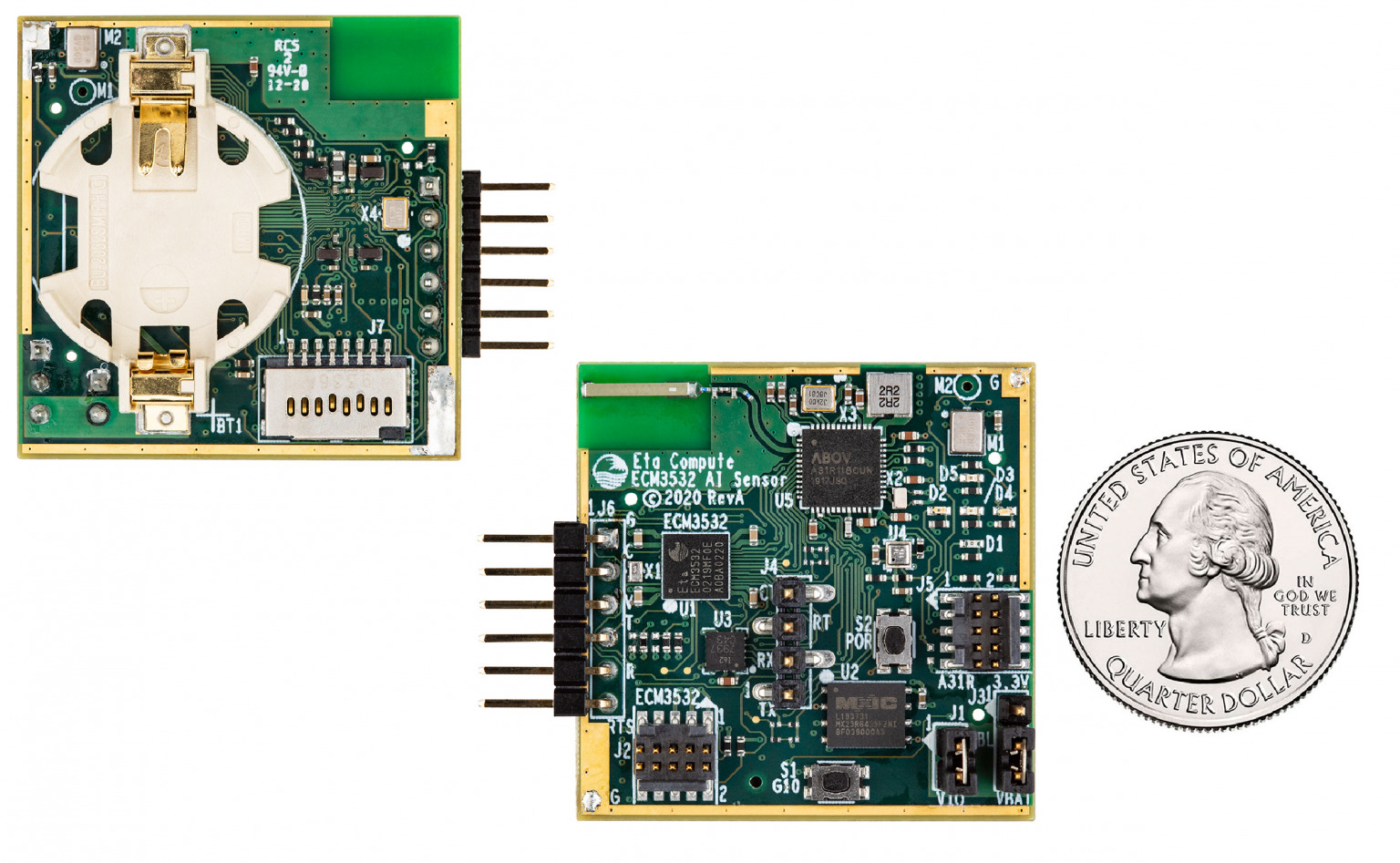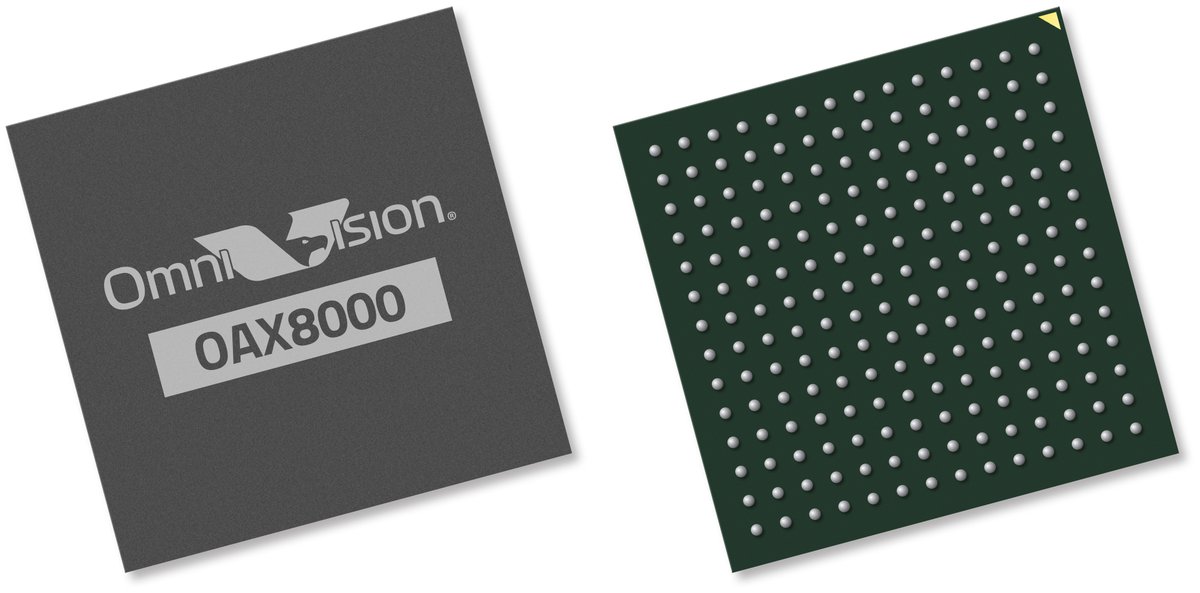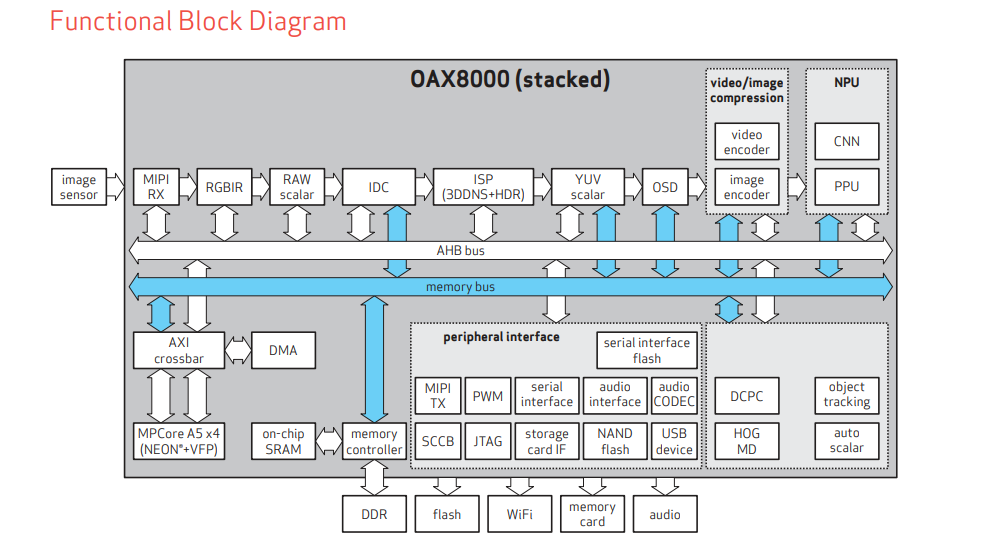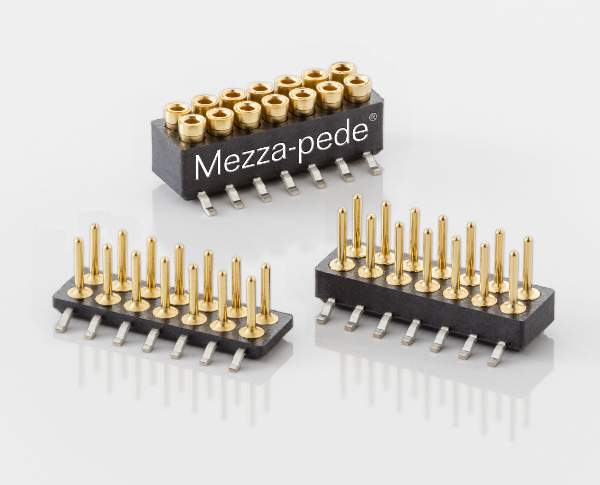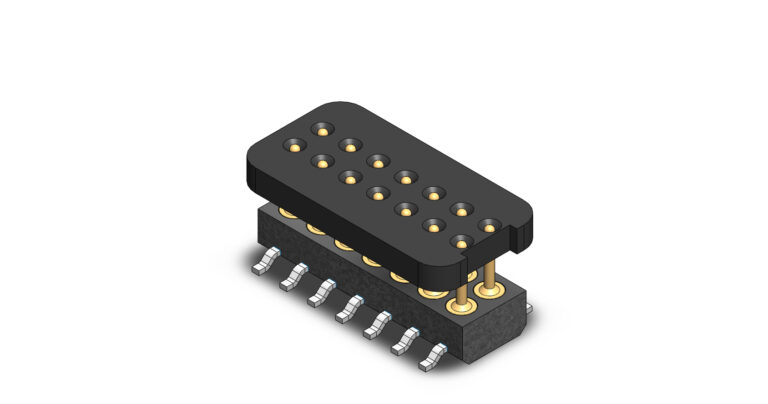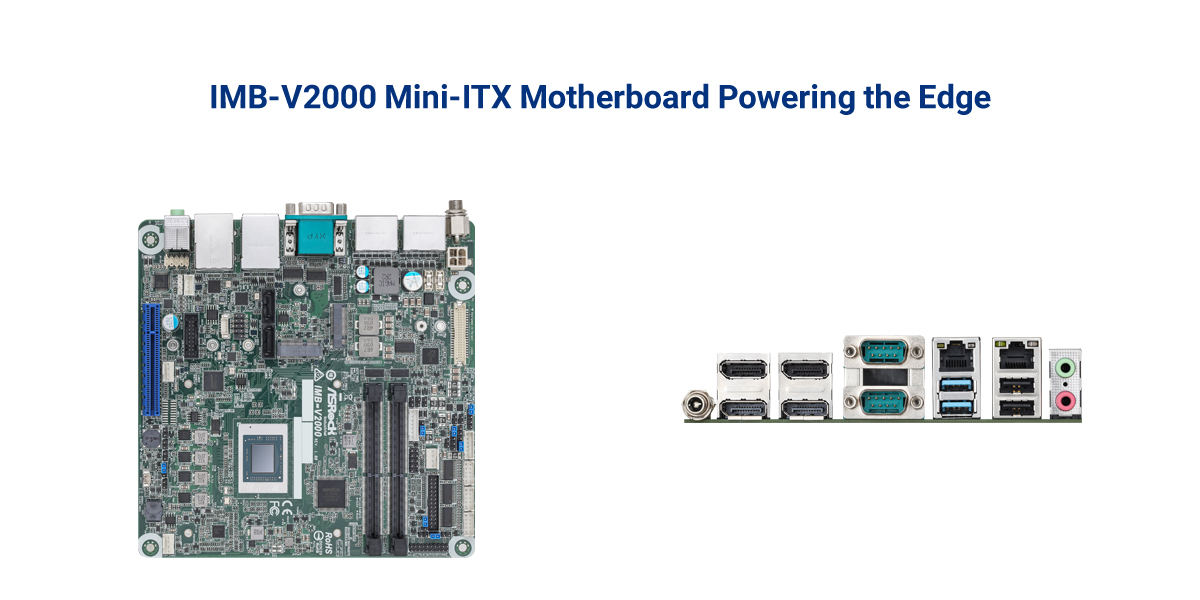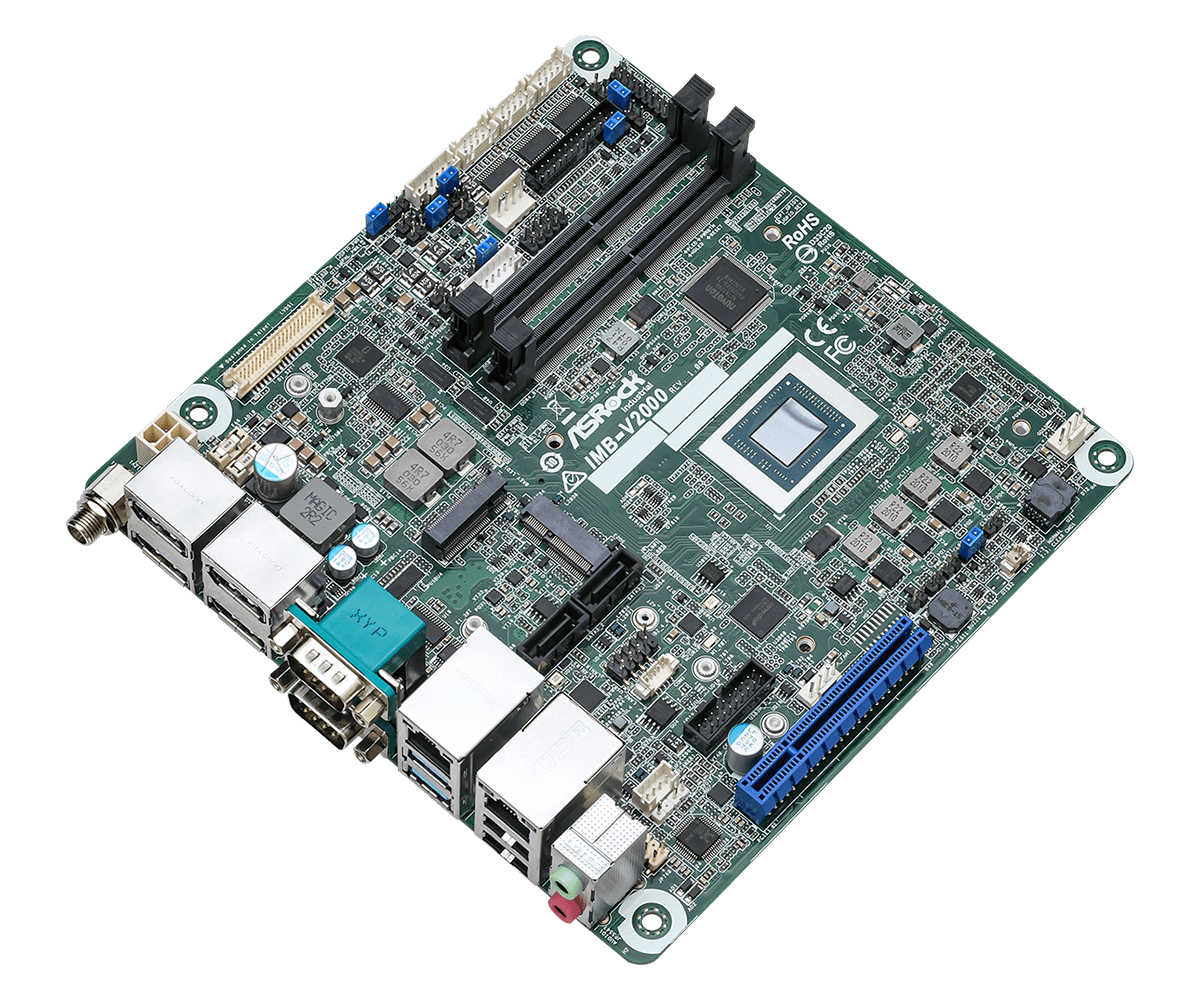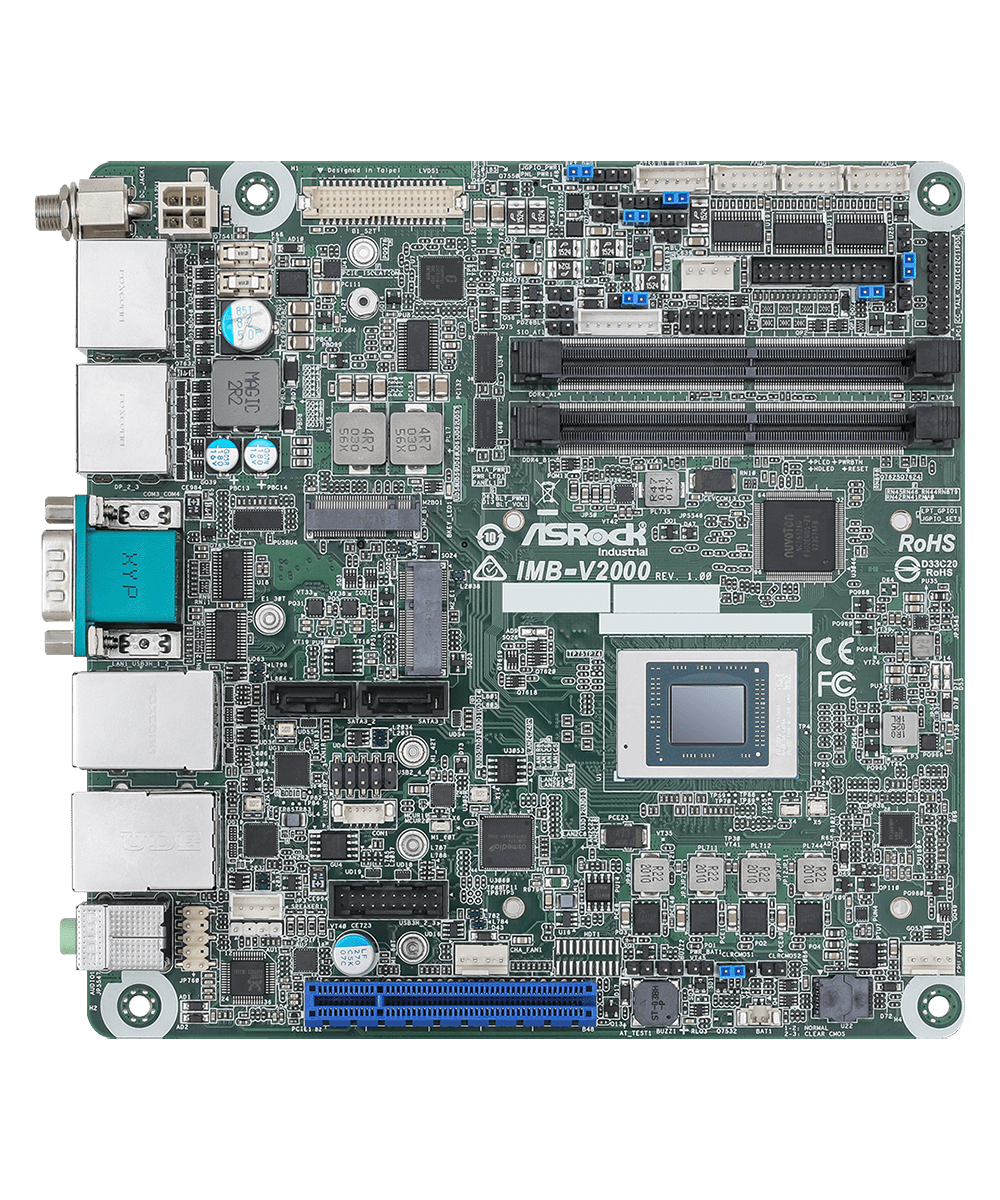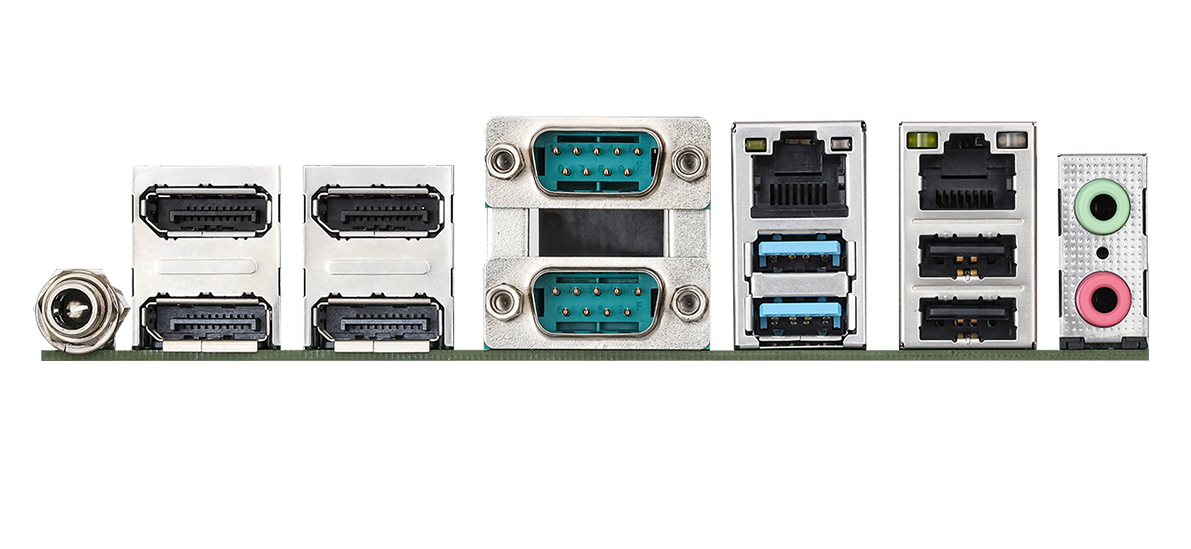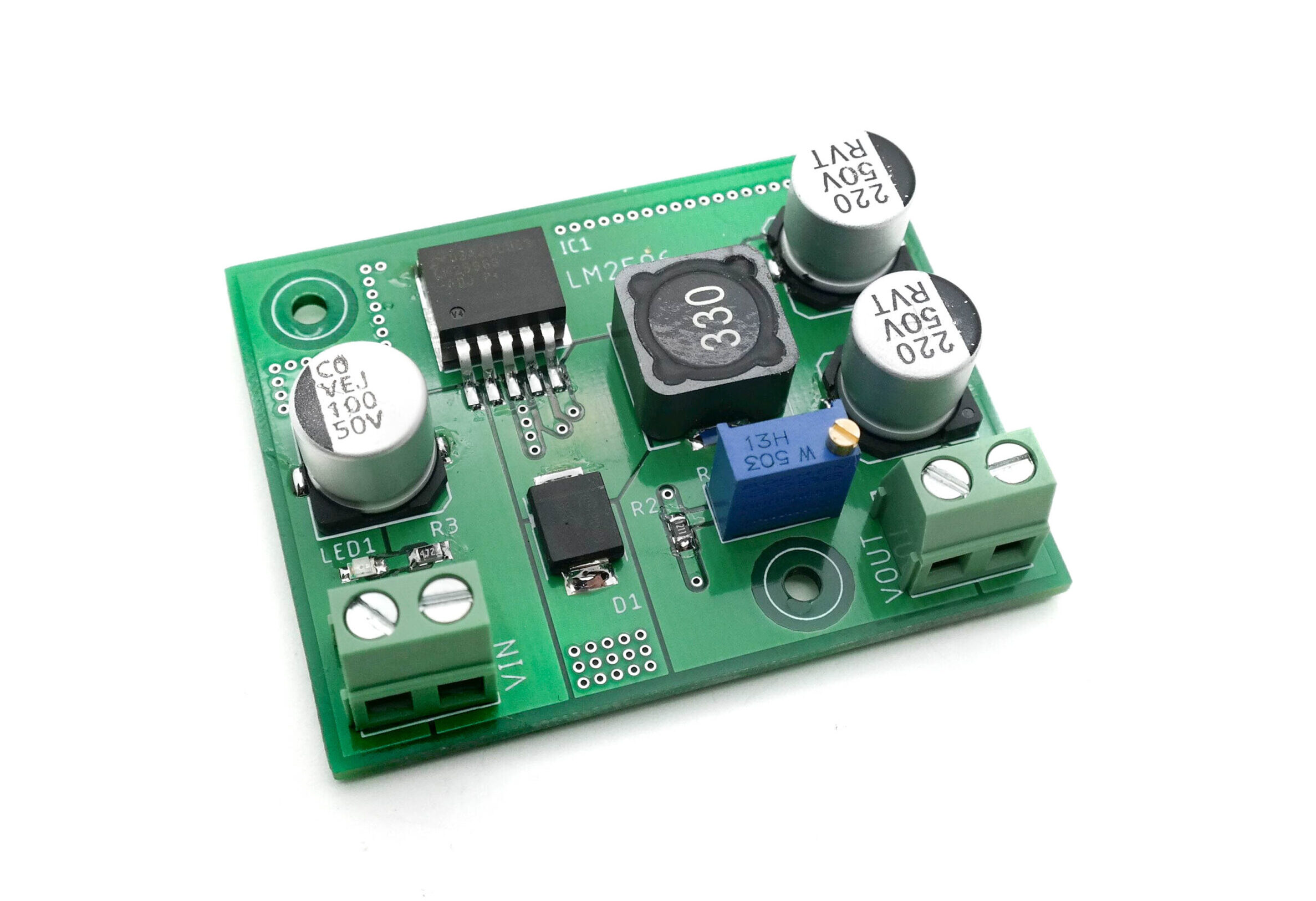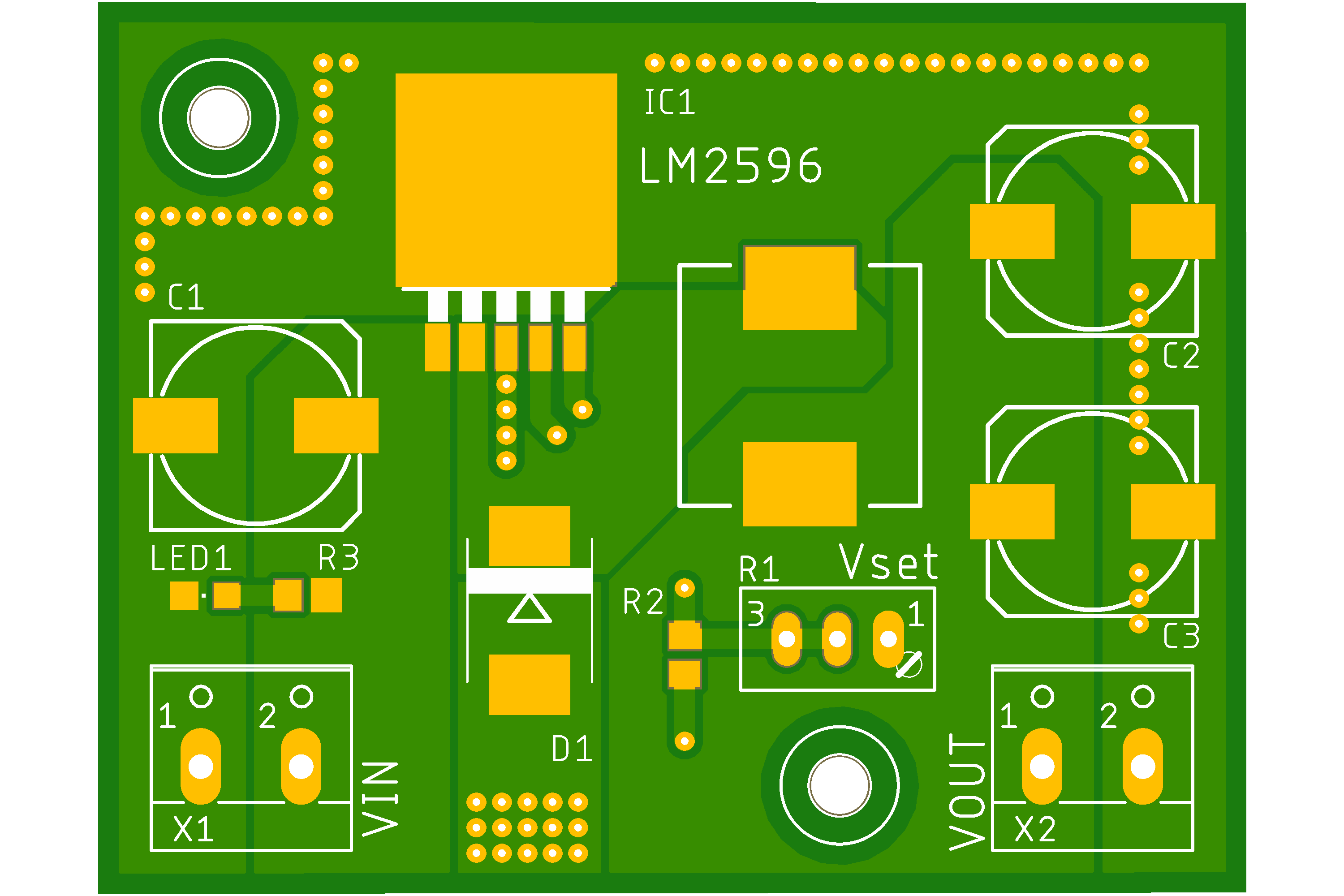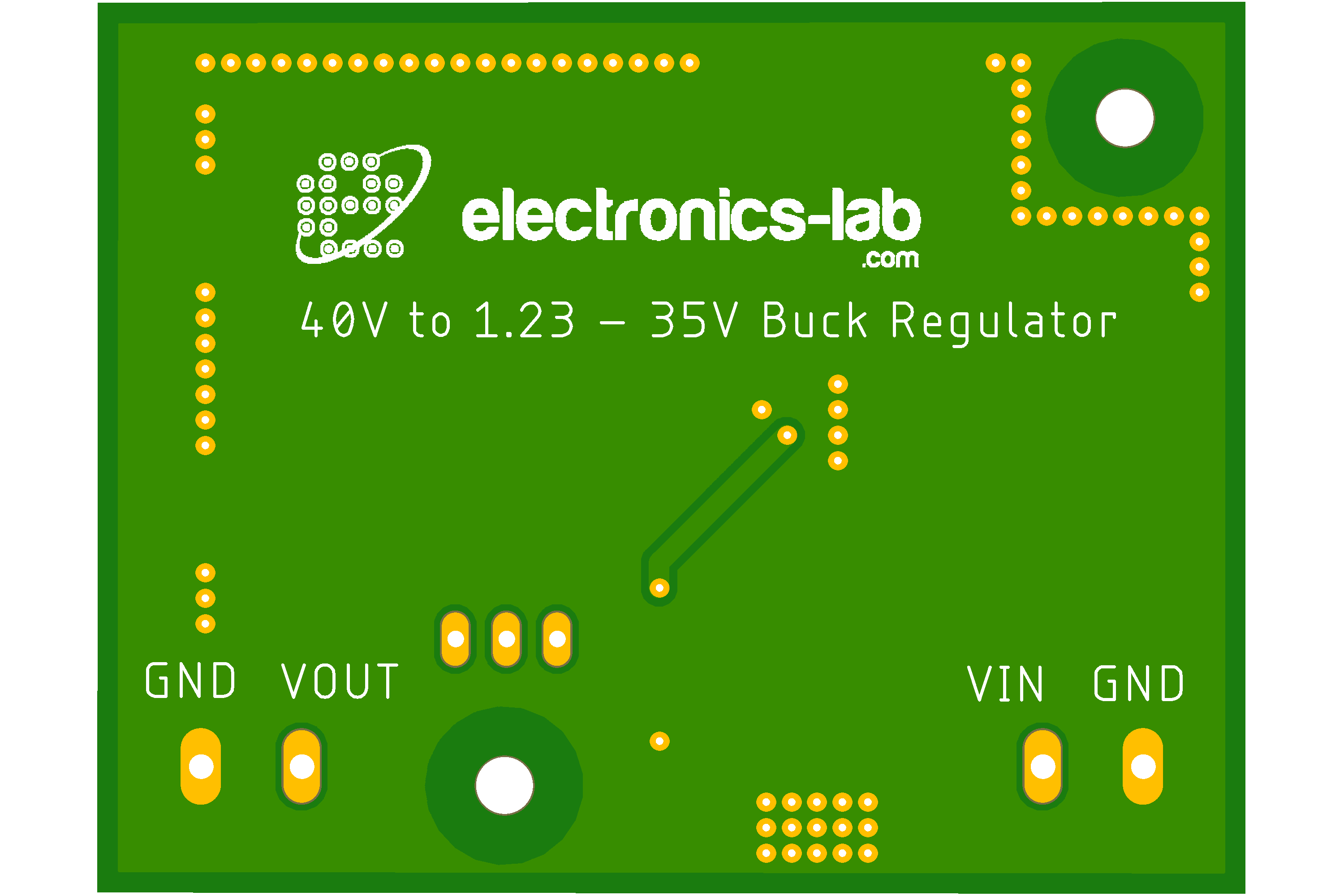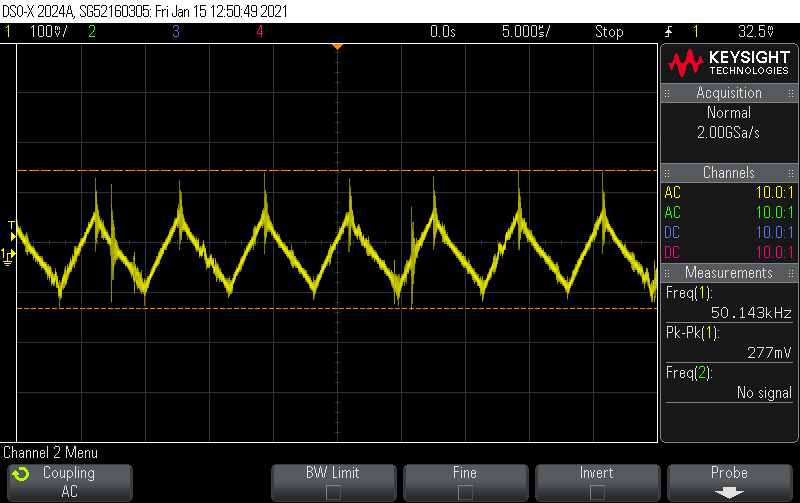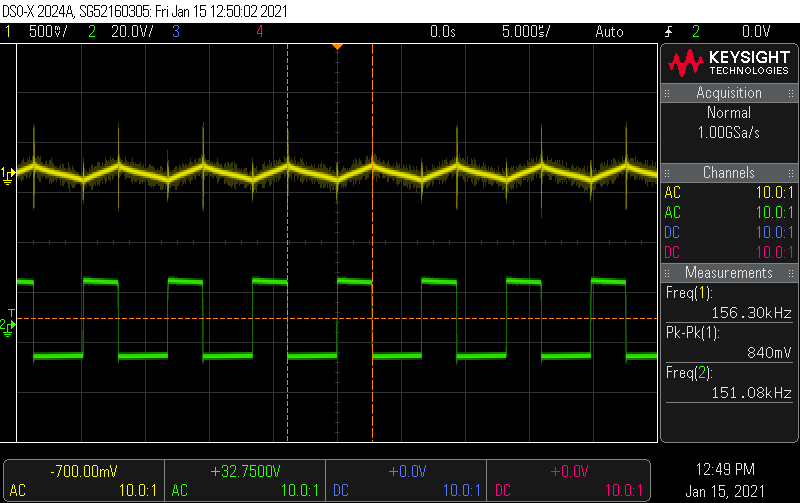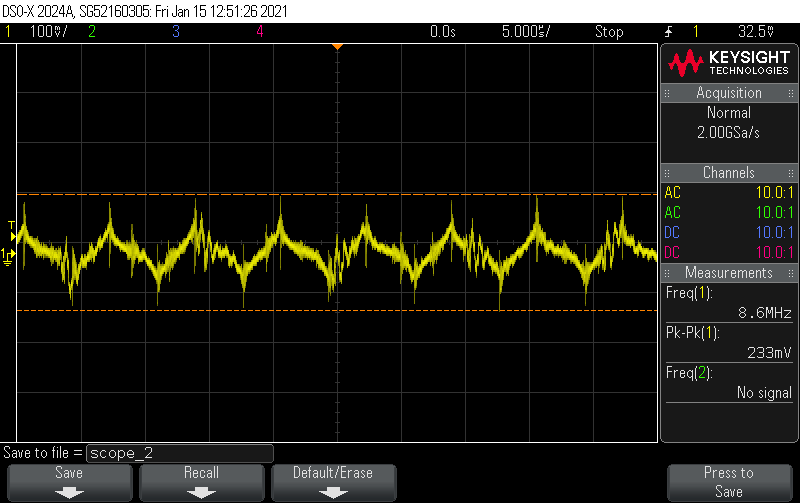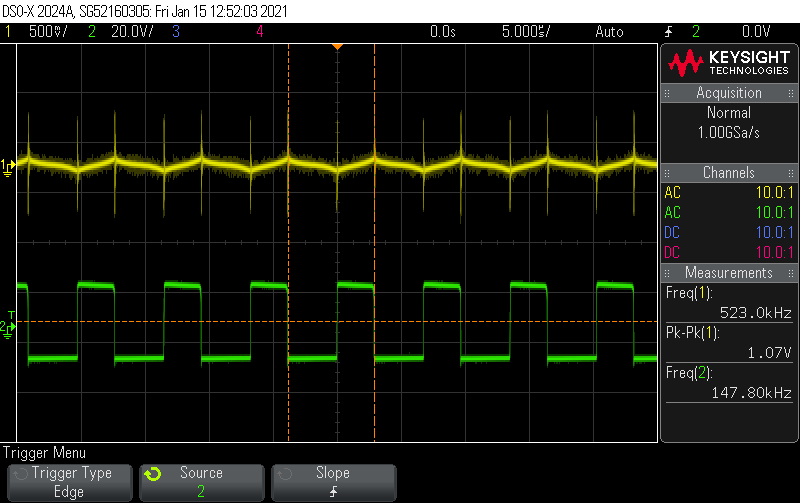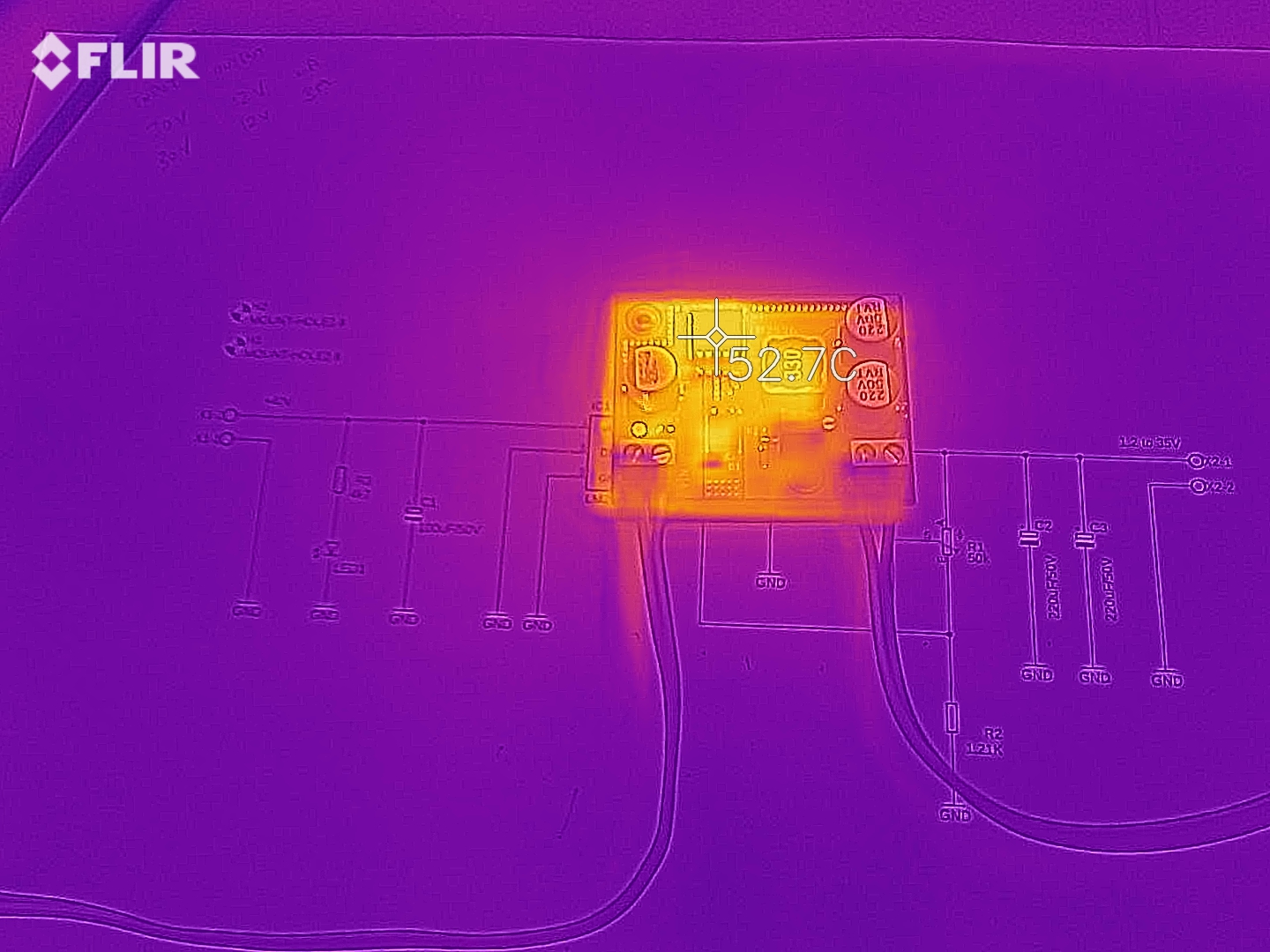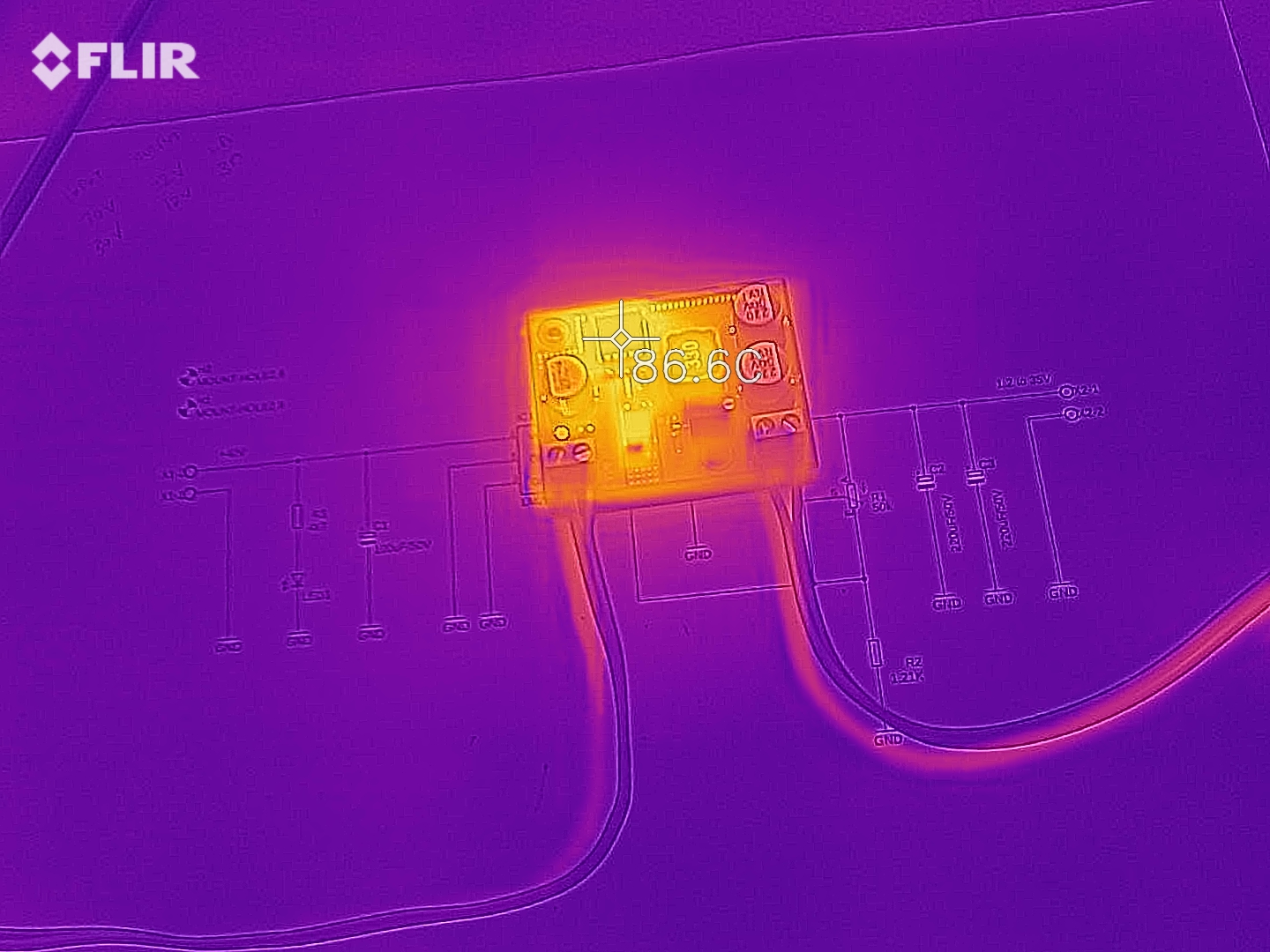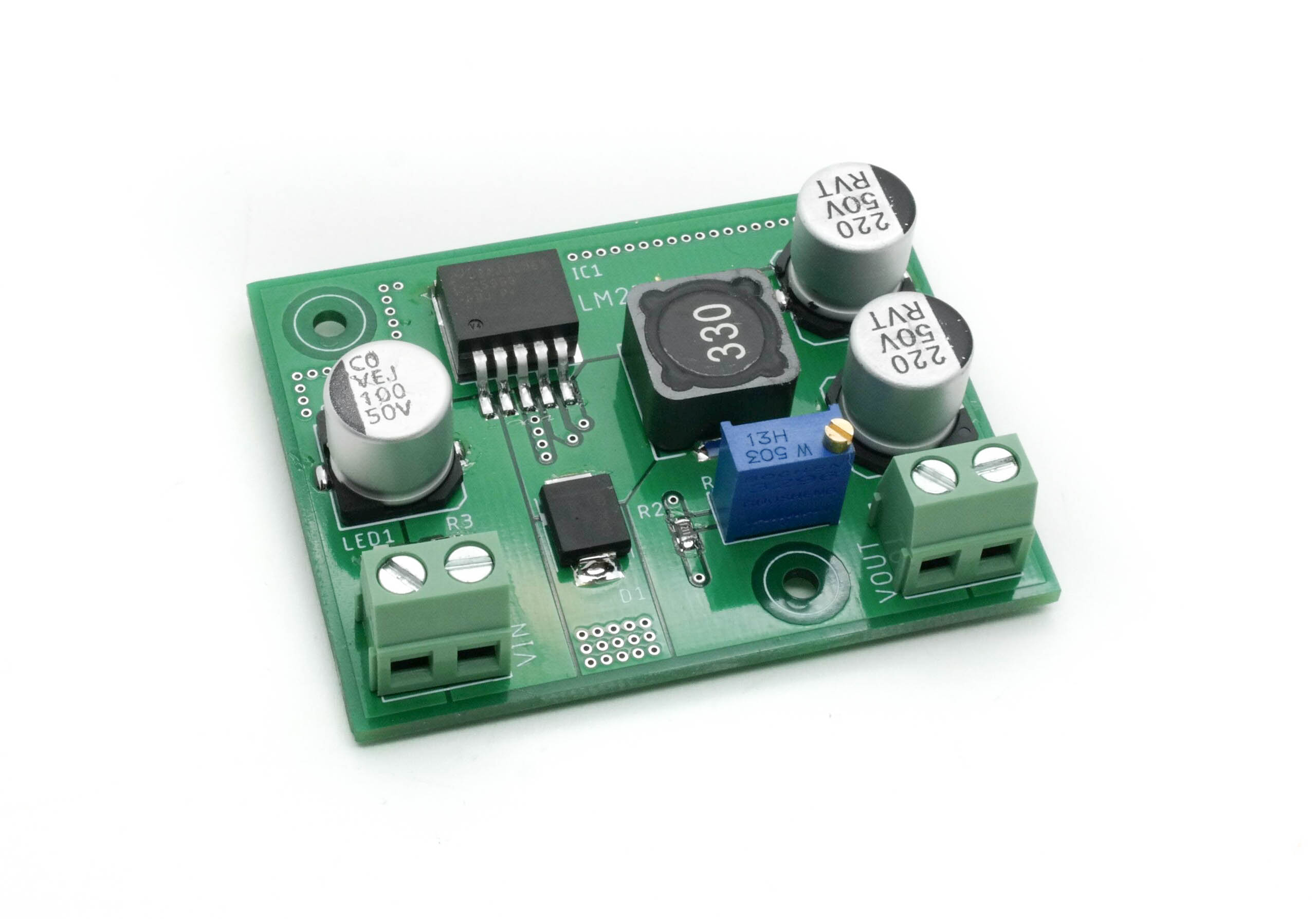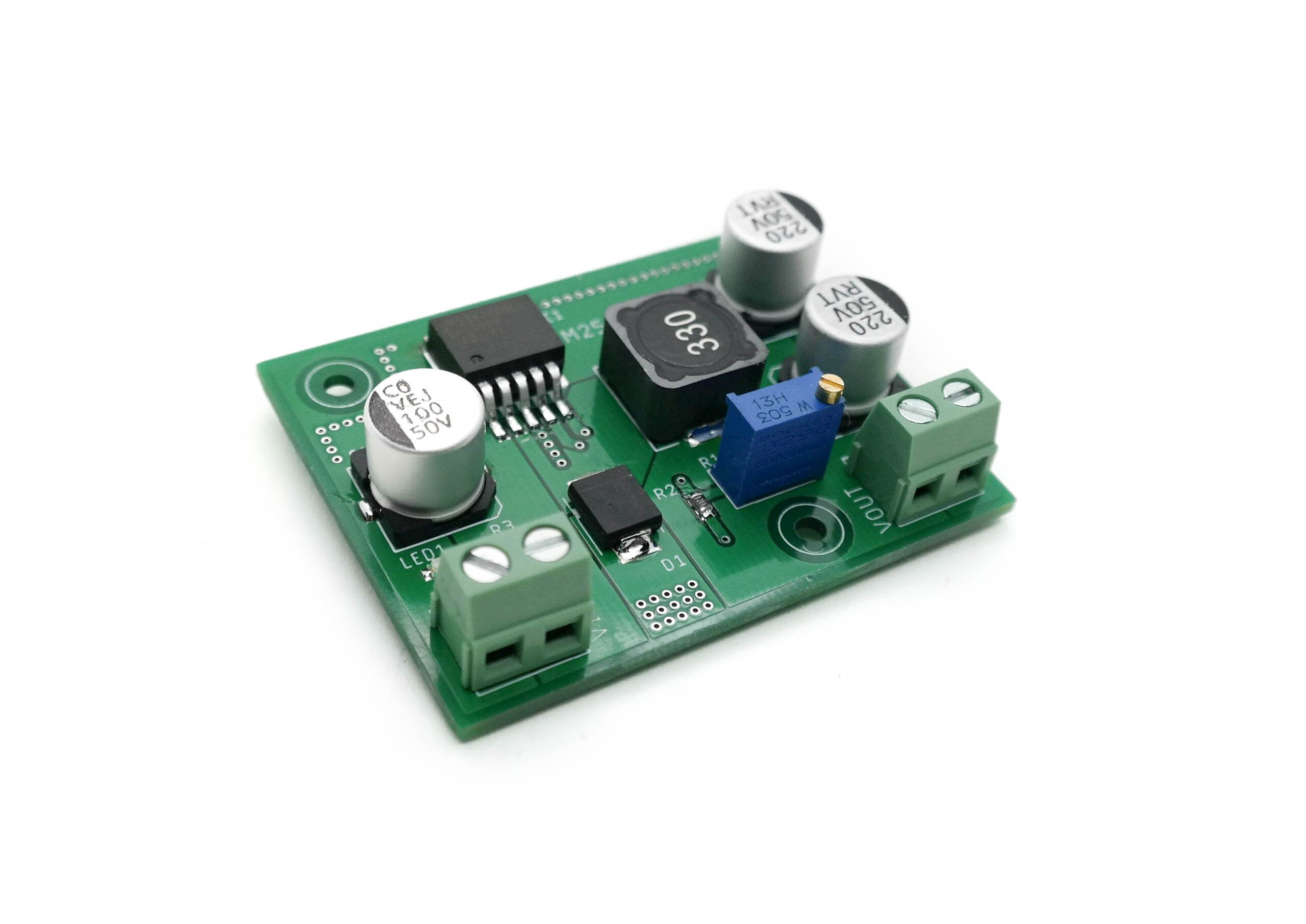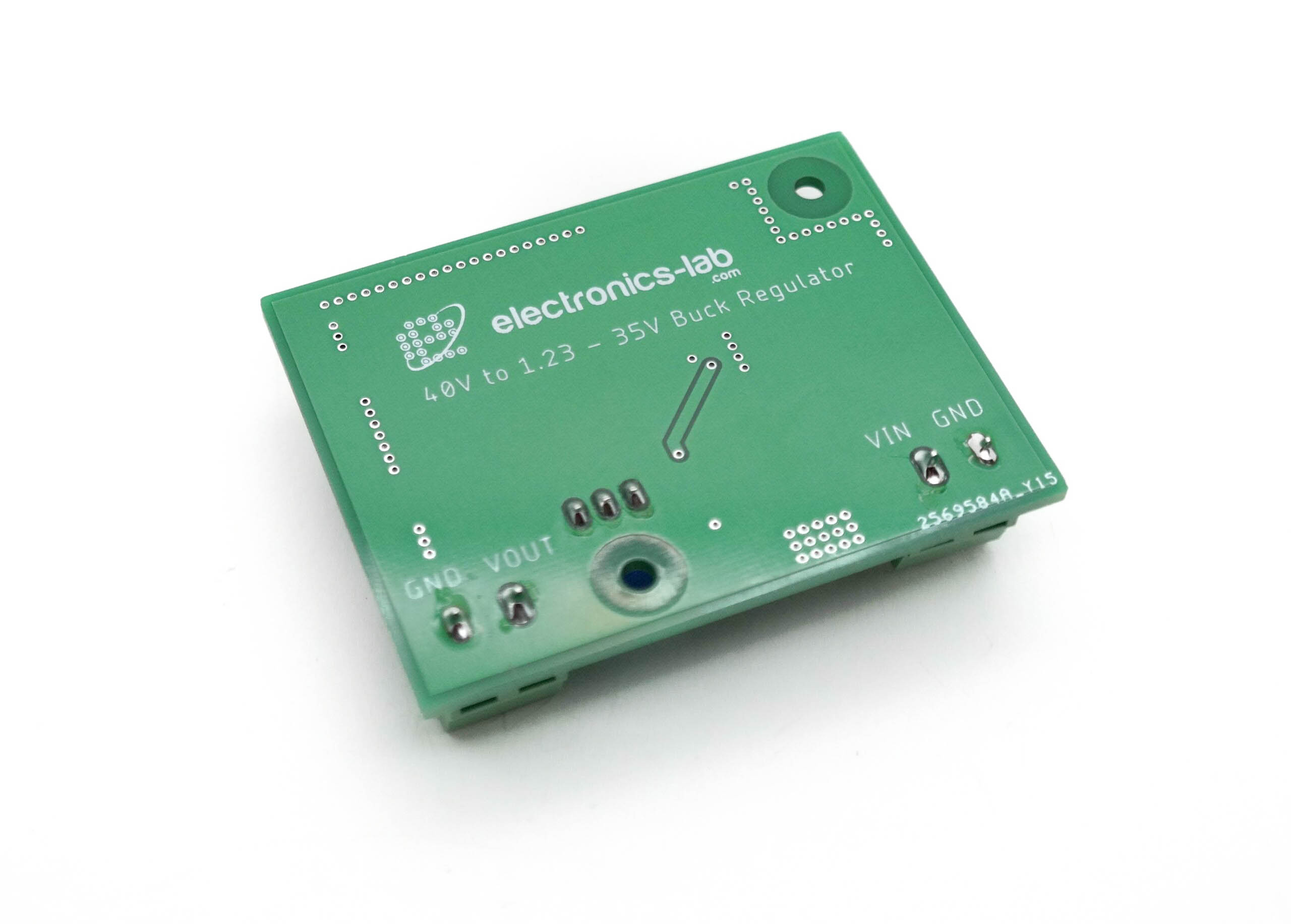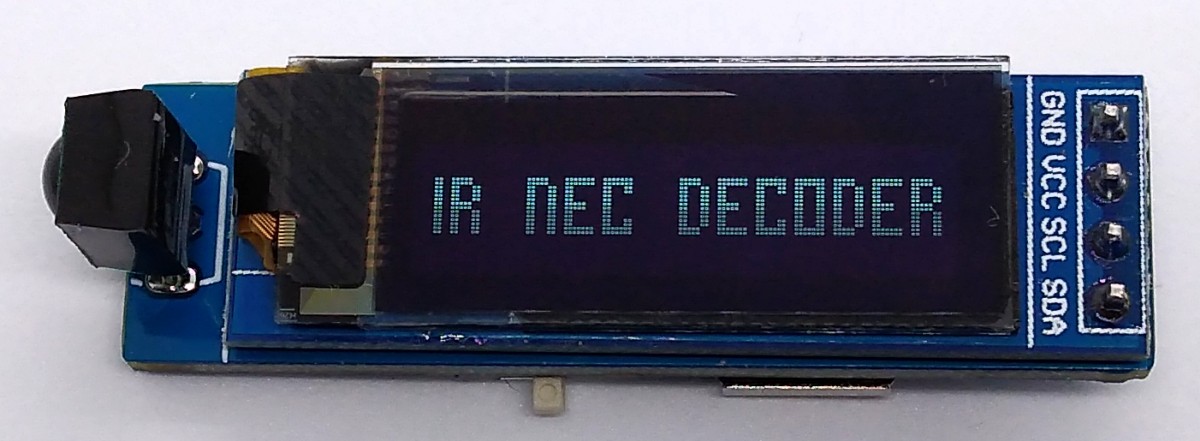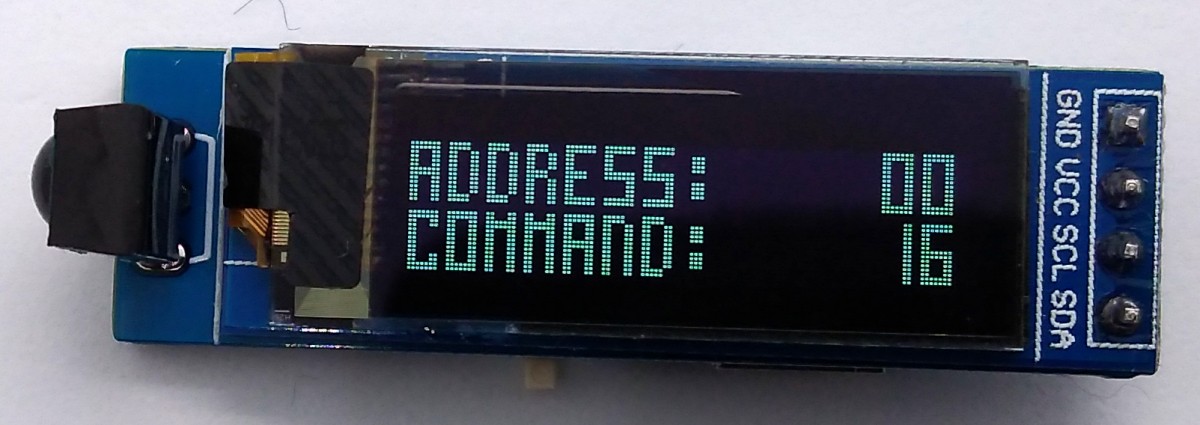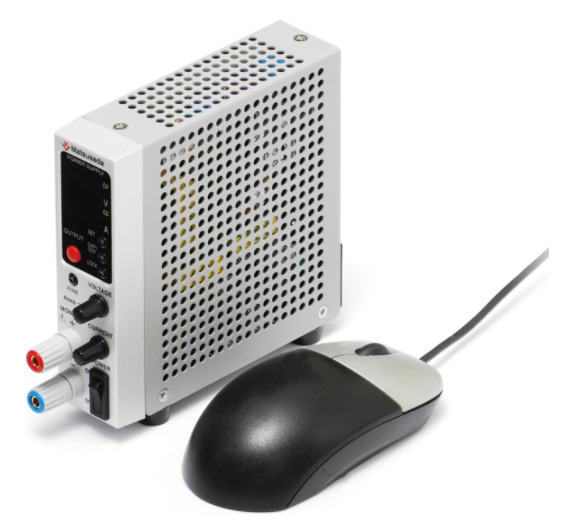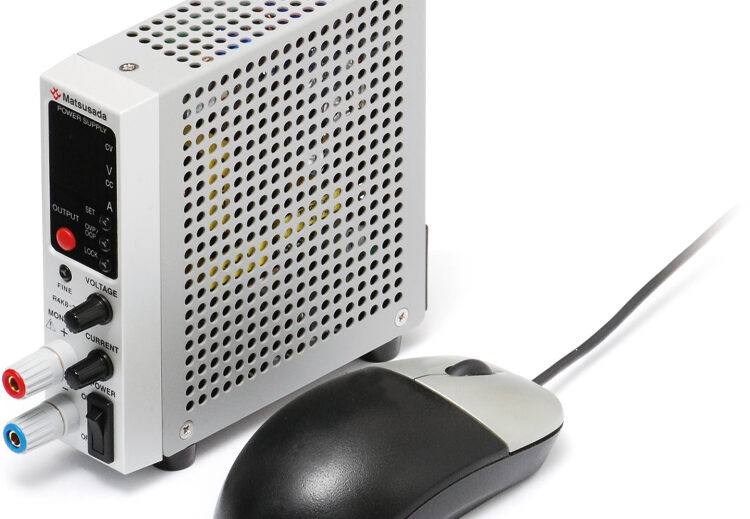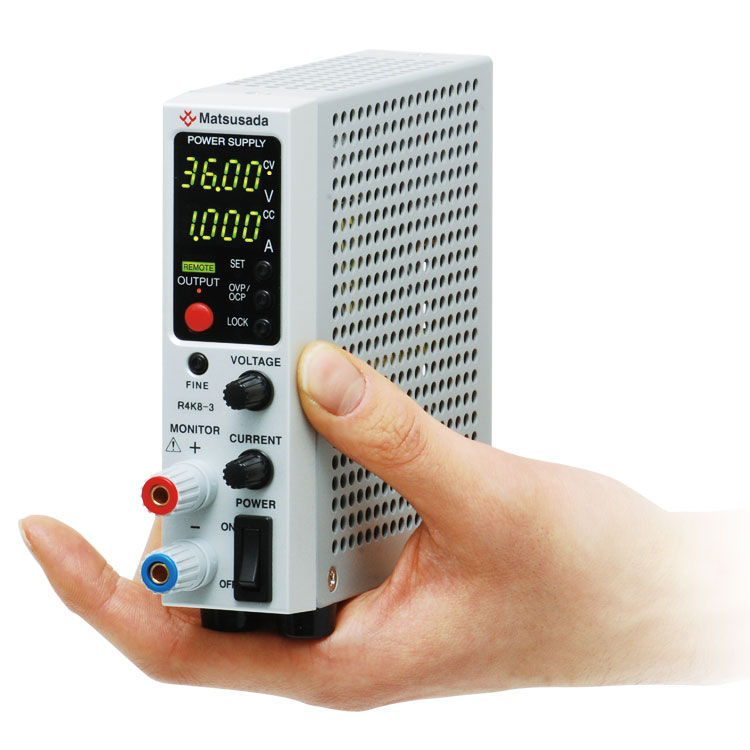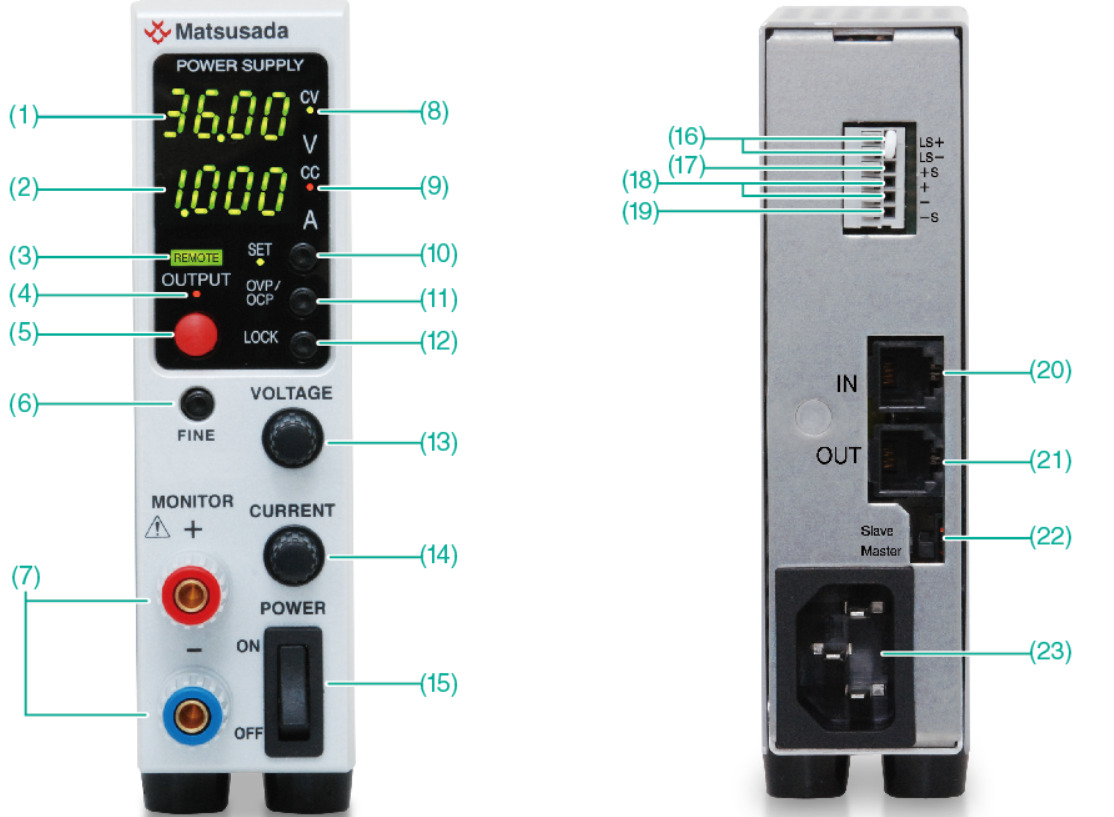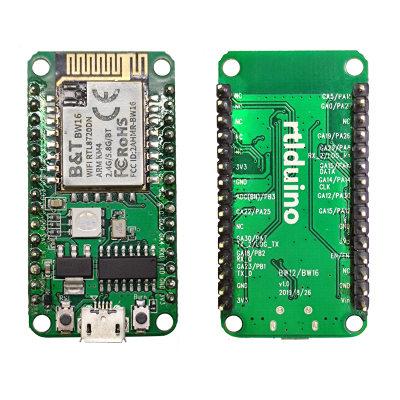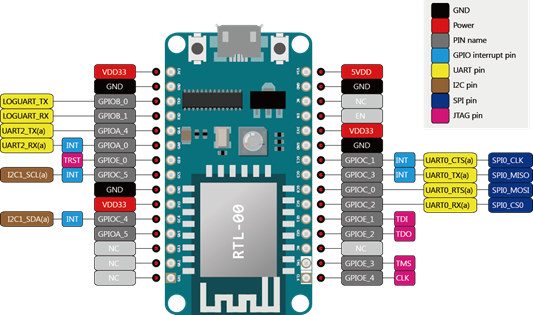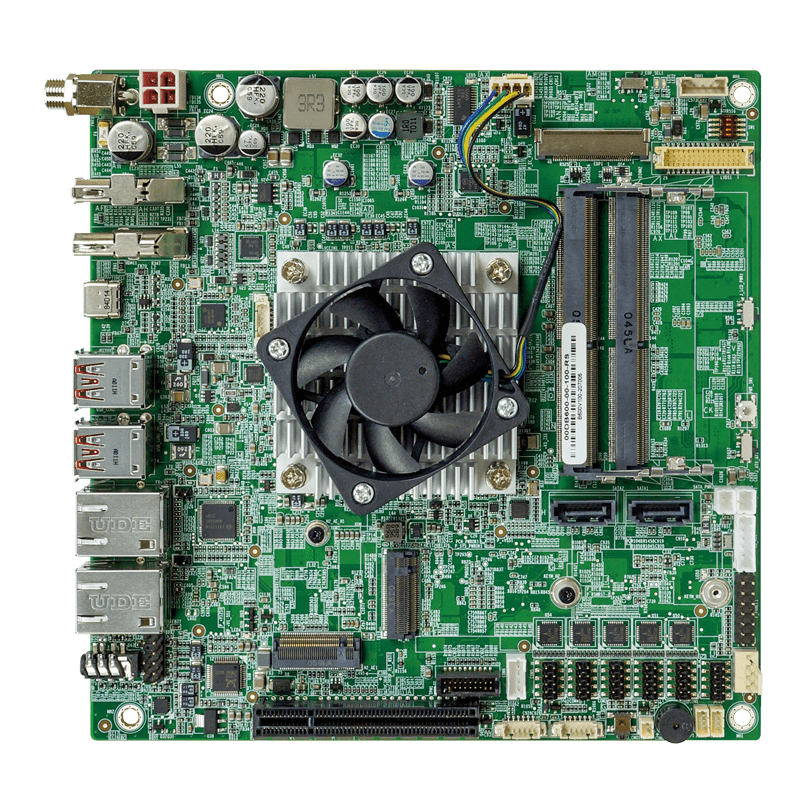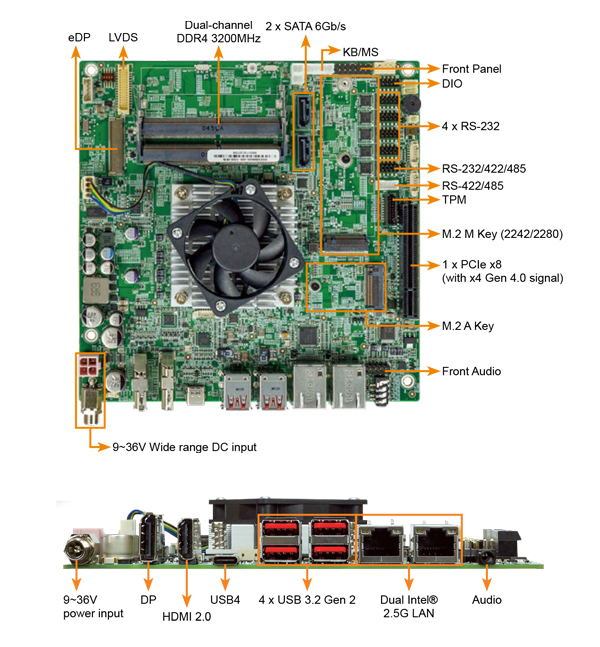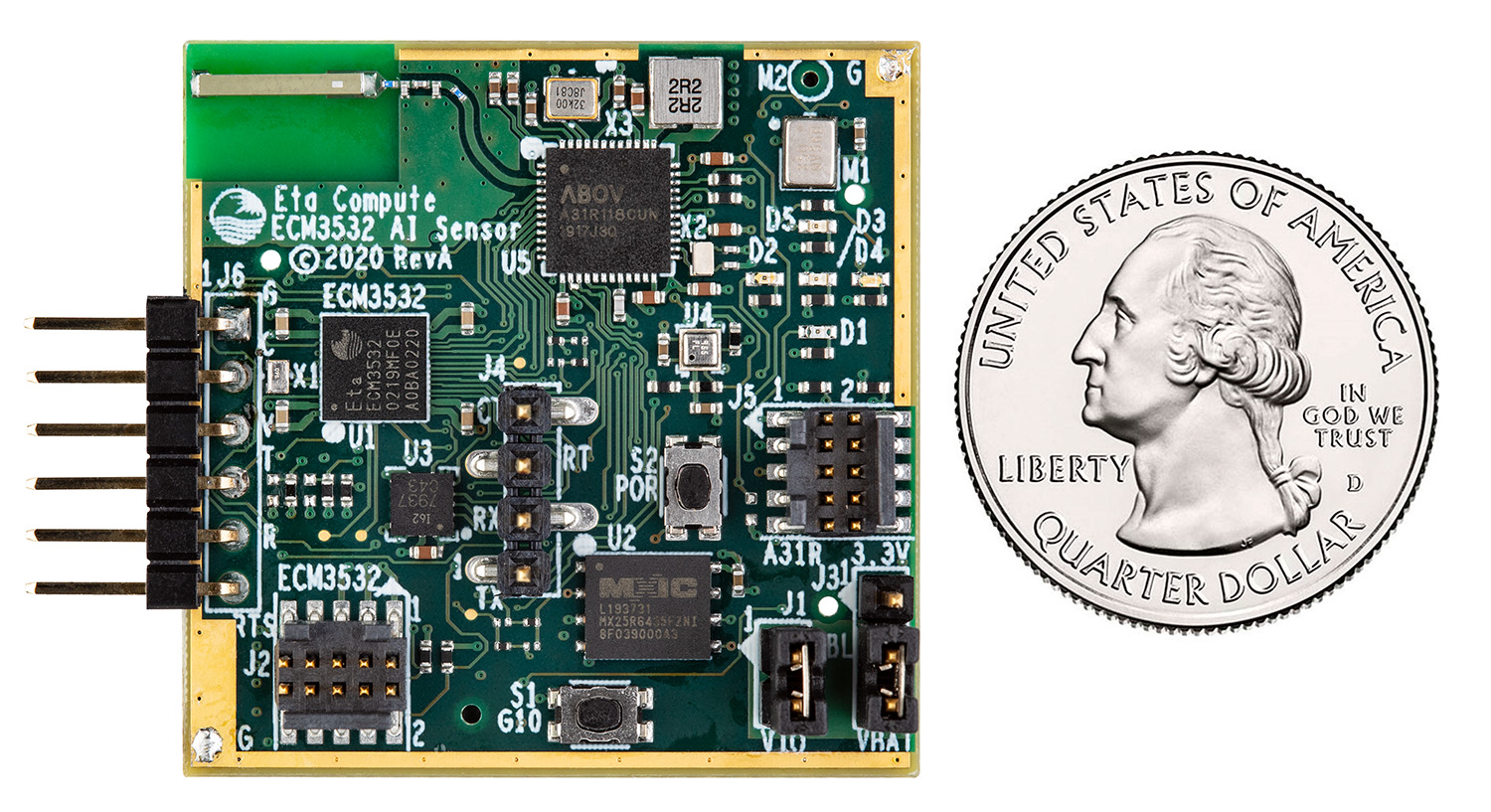
Eta Compute’s ECM3532 AI Sensor board is a low-power AI development platform with advanced sensors, compatible with sound classification, keyword spotting, activity classification, context awareness, and defect detection. It has an embedded Cortex-M3 microcontroller that functions up to a frequency of 100 Mhz, and NXP CoolFlux 16-bit DSP dedicated for machine learning using TinyML technology.
The AI sensor board integrates two microphones, one pressure and temperature sensor, and one 6-axis MEMS accelerometer and gyroscope. The ECM3532 AI sensor board also comes with small form factor with 1.4” x 1.4” dimensions, a built-in battery socket, and flexible Bluetooth connectivity with the A31R118 chip, this makes it suitable for IoT deployment and experimentation of application prototypes. The AI sensor board also has an expansion connector that simplifies the addition of other RF interfaces.
Key Features
- Arm Cortex-M3 core works up to 100 MHz with less than 5μA/MHz run mode
- Integrated 512KB FLASH, 256KB SRAM, and 8KB BootROM
- NXP CoolFlux 16-bit DSP with 32KB program memory, 64KB data memory
- 2 x PDM MEMS Microphones: TDK-Invensense ICS-41350
- 1 x Pressure/Temperature sensor: BOSCH BMP388
- 1 x 6-axis MEMS Accel/Gyro: TDK-Invensense ICM-20602
- Battery cradle for a CR2032 battery
- Bluetooth Low Energy on board: BLE v4.2: ABOV A31R118 and antenna
- Extension for other types of RF through Micro SD card slot
- 6 pin UART and power port
- 64Mbit serial Flash for data logging
- 5 LEDs and push-button
It performs efficiently with Neural Networks due to ECM3532 Neural Sensor Processor built with unique self-timed continuous voltage and frequency scaling at the run time using Eta Compute’s CVFS technology. This produces optimized energy for inference of machine learning and deep learning algorithms. It also supports Edge Impulse for data sampling, building models, and deploying trained ML models.
Block Diagram of AI Sensor Board
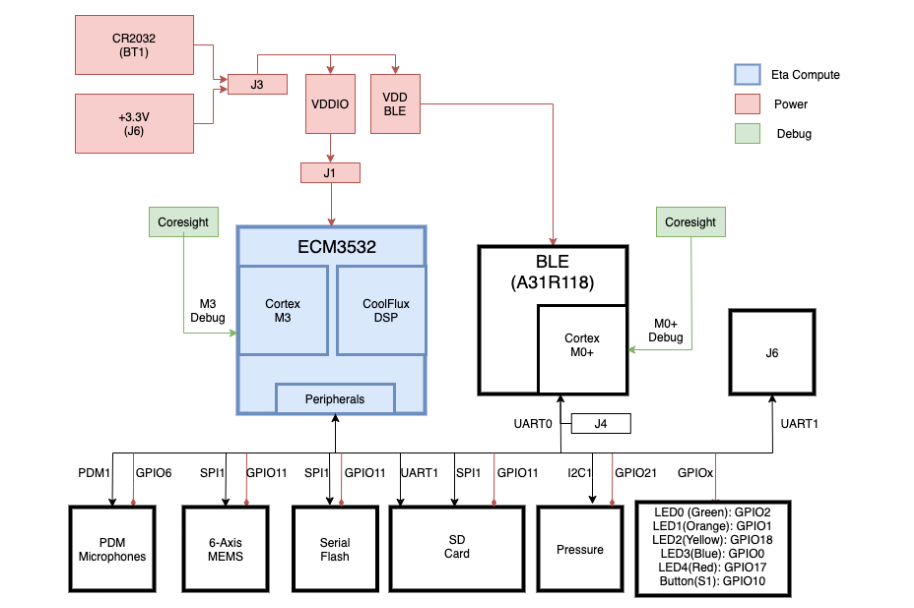
Developing applications on the board requires Node.js version 12 or above, along with the Edge Impulse CLI version 1.7.0 or above as its dependencies. ECM3532 AI Sensor board includes a SparkFun FTDI Basic Breakout – 3.3V board in the box. This can be used to program the AI sensor and to relay serial messages back to the computer source. The FTDI cable can also be used for USB to serial TTL level conversion, by ensuring 3.3 V outputs as the sensors are not 5V tolerant.
ECM3532 AI Sensor board is versatile and features quick usage by Edge Impulse’s TinyML development pipeline and the 6 pin UART port. The board also comes with serial wire debug (SWD) CoreSight connectors for both the ECM3532 and the A31R118 for debugging. For this, a separate JLink or Ulink probe is needed.
The Edge Impulse firmware for the sensor board is open source and hosted on GitHub. For more information, you can visit the official product page. The ECM3532 AI sensor board is available on Digikey for $99. Images and technical specifications have been taken from the official product page and datasheet.


